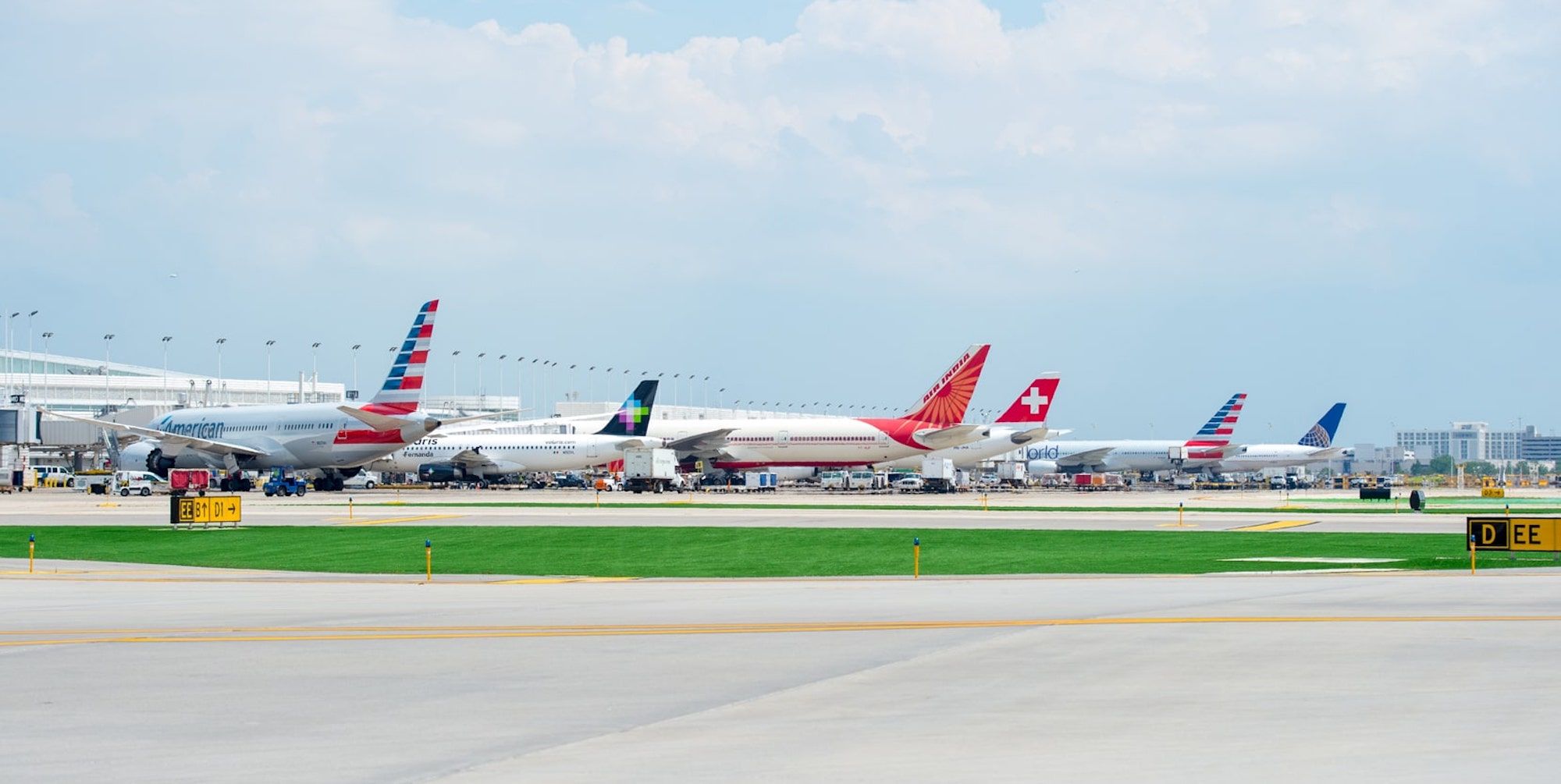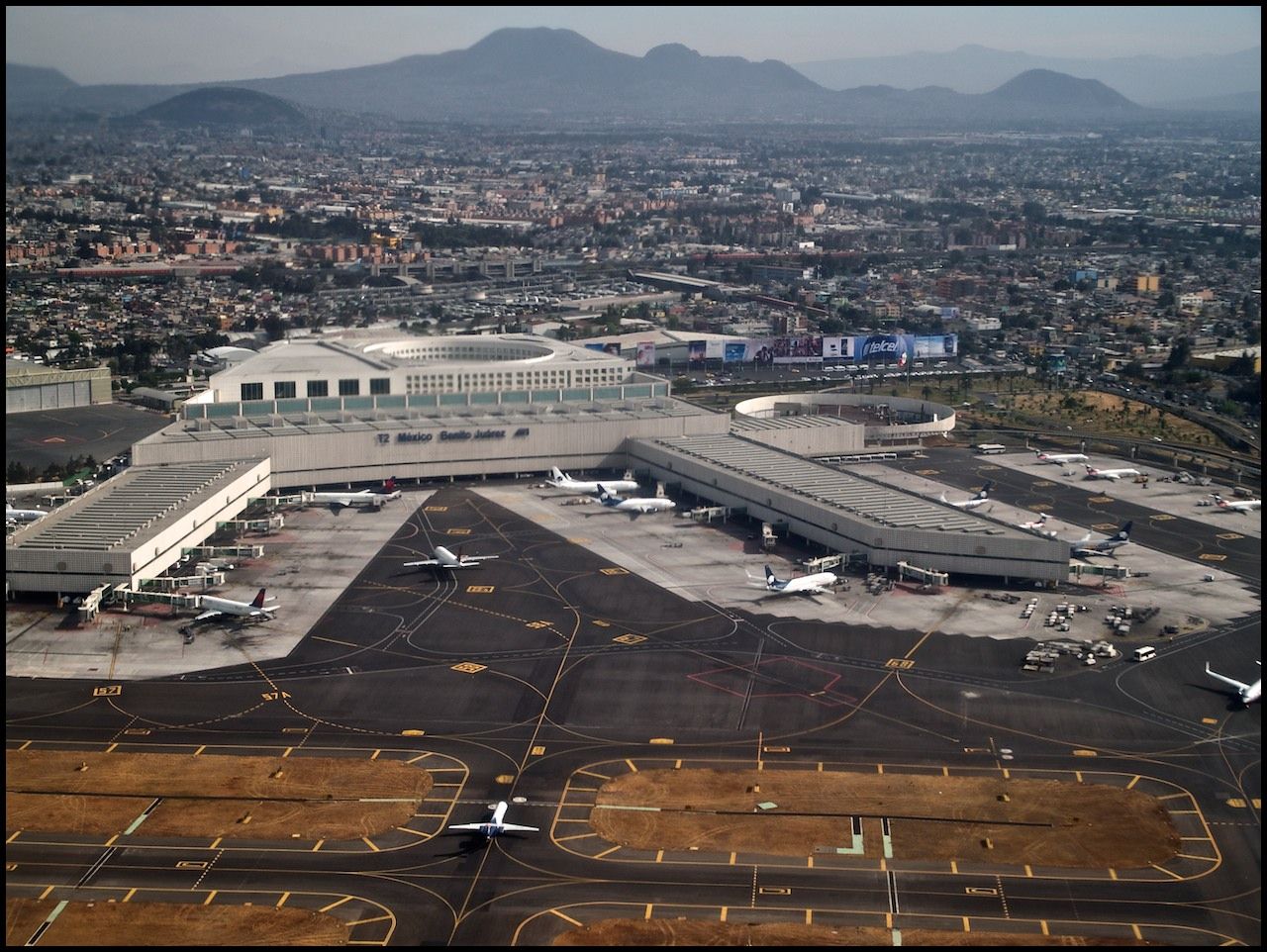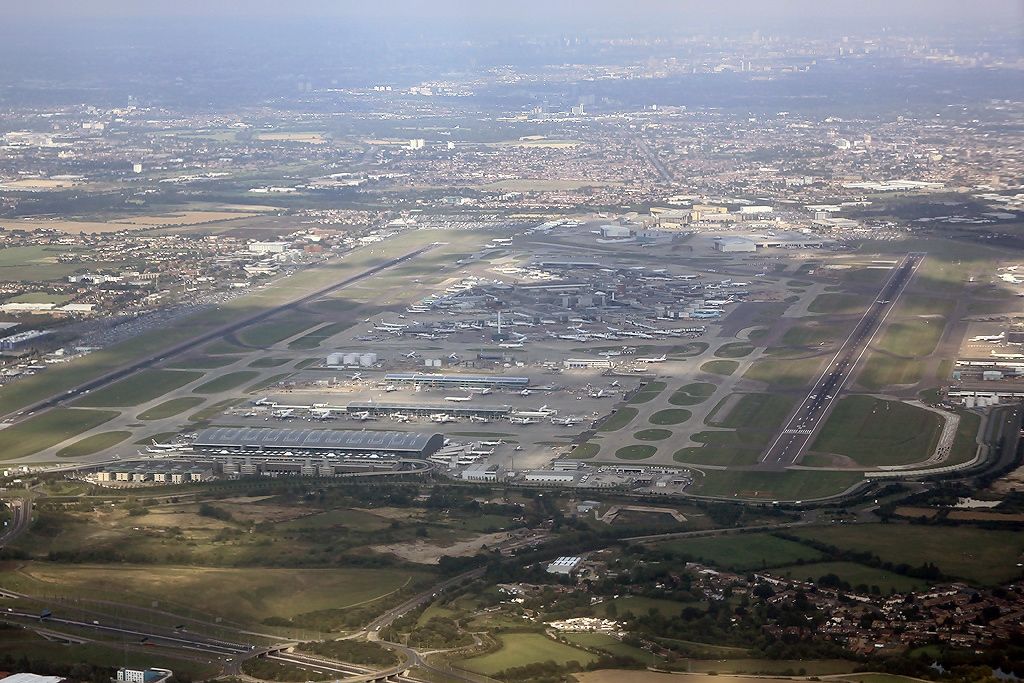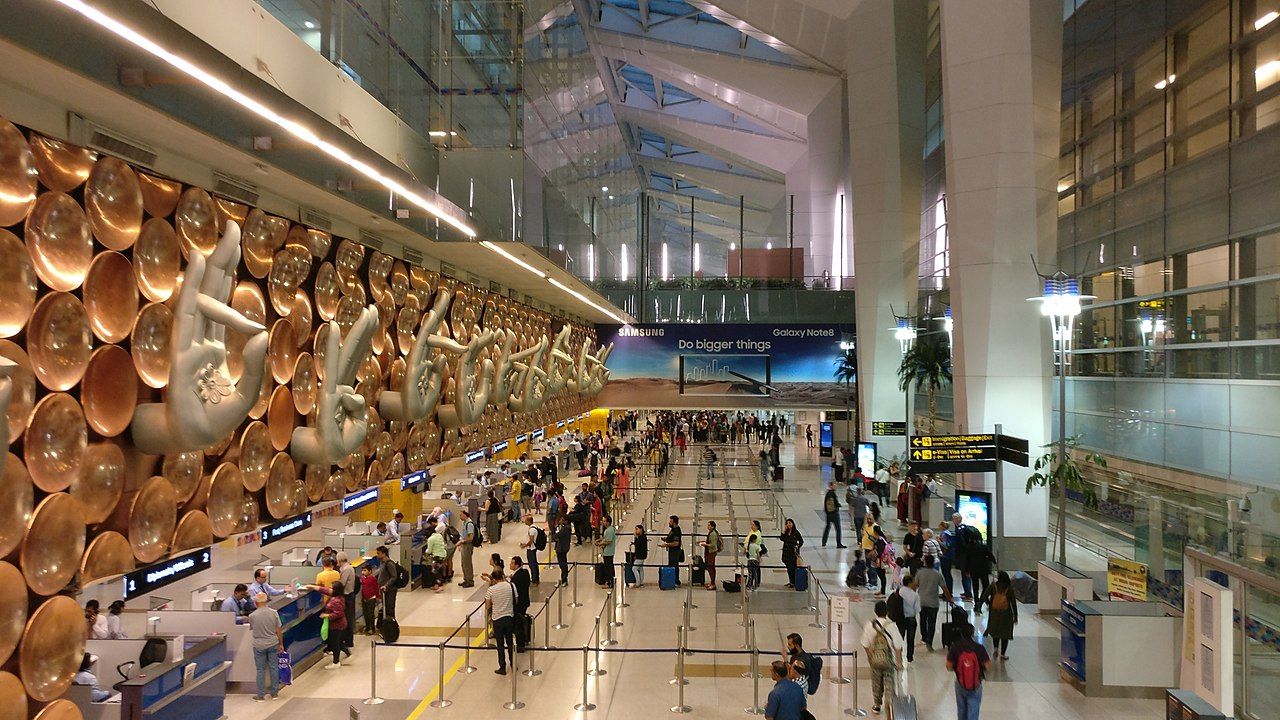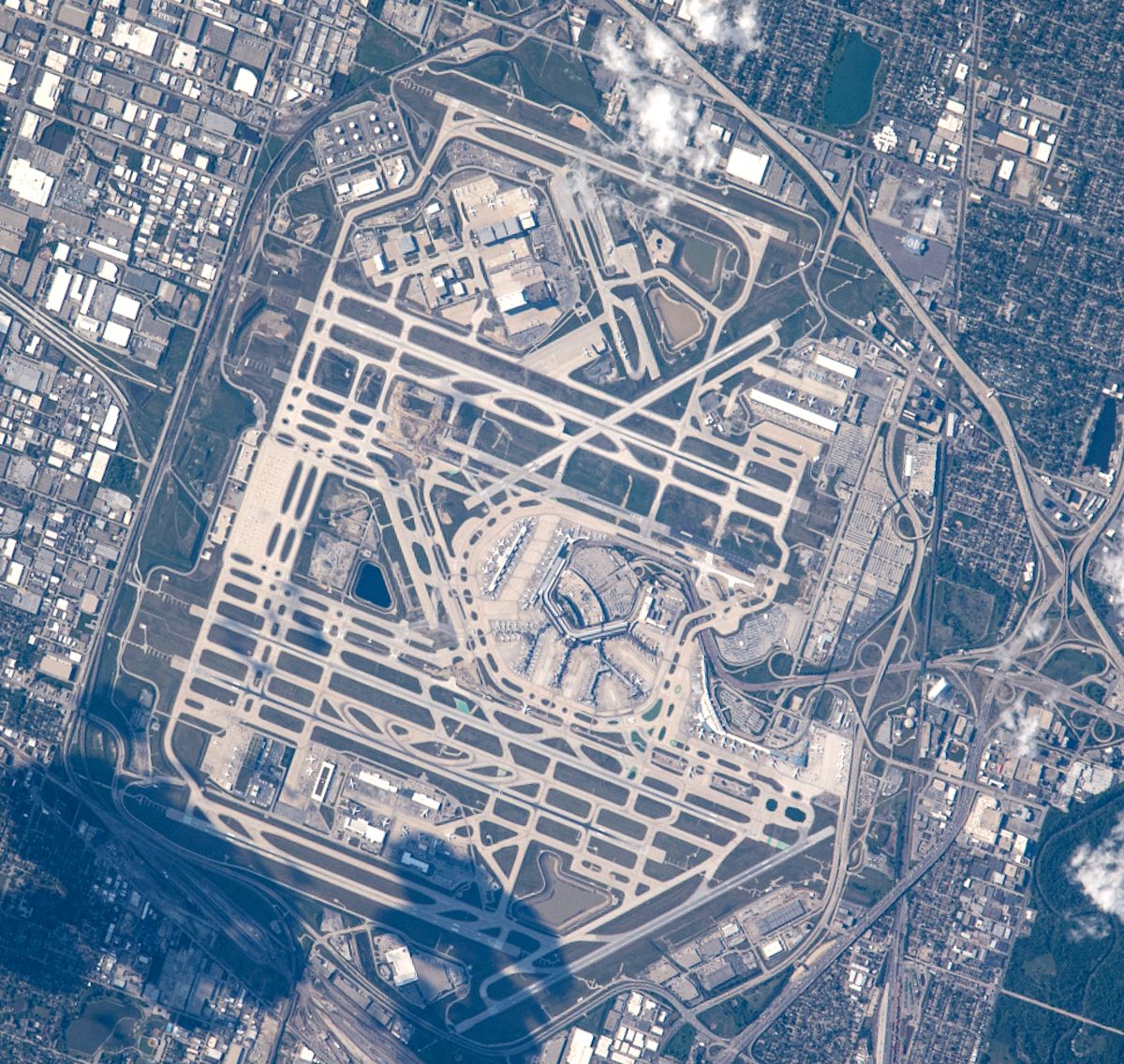While flying direct, point-to-point services have become more popular in recent years, much of the world is still connected using the hub-and-spoke model of air travel. This means that there is still a very important role for hub airports - especially when it comes to long-distance journeys. So which airports are the most connected? In other words, which hubs have the most international flights and destinations, and which facility are you most likely to connect through? Let's find out, with analysis from OAG.
This ranking of "most connected" airports should not be confused or conflated with rankings of airport quality.
How results were calculated
Earlier in January, we took a look at the most connected airports in the world according to data by Cirium. Clearly, the methodology was different as results were drastically different. Indeed, Frankfurt came out on top with Cirium's analysis while it's a US airport for OAG.
With data coming from OAG's Megahubs 2022 report, how did the firm come to its own conclusions? Well, according to the organization, rankings are "generated by comparing the number of scheduled connections to and from international flights, with the number of destinations served from the airport." Data used comes from the busiest day of travel between September 2021 and August 2022, which in this case, was August 12th, 2022. This is in stark contrast to Cirium's results, which ranked airports based on the number of unique destinations served throughout the year.
The OAG report was compiled through the analysis of flight data from the top 100 largest airports for capacity and top 100 largest airports for international capacity. Criteria included single international connections only, as well as a maximum connection window of six hours. Thus, we can say that OAG's analysis examines connectivity in a more practical sense, where passengers will need to successfully transfer from one flight to another. Meanwhile, Cirium analysis merely looks at the number of destinations offered - regardless of flight schedules and timing.
The top seven: All in the United States
Getting to the results, the top seven most connected airports in the world are actually all American airports. In top spot was Chicago’s O’Hare International Airport (ORD) - one of the main hubs for United Airlines. O'Hare offered 66 international destinations at the time of analysis, in August 2022 and, on its busiest day, there were 43,350 possible connections within a six-hour window. This is down from 65,294 in 2019.
The remaining airports in the top seven are as follows:
- 2nd place goes to American Airlines stronghold, Dallas-Fort Worth (DFW)
- In 3rd spot is Delta's home base, Atlanta's Hartsfield-Jackson (ATL)
- Seattle-Tacoma International (SEA), a hub for both Alaska Airlines and Delta, comes in 4th
- Denver International Airport (DEN), another United Airlines hub, comes in 5th
- Los Angeles (LAX) and New York John F. Kennedy (JFK) come in at 6th and 7th respectively. When it comes to share of flights by airline at both airports, Delta was the most dominant carrier - although American also has hubs at the two facilities as well. United also uses LAX as a hub but operates out of Newark LIberty on the East Coast for its New York area operations.
When looking at the US airports that made the list, the big three US carriers, unsurprisingly, dominated. American Airlines had 85% of flights while Delta Air Lines had 77%, and United Airlines 46%. While Southwest is of course a major US airline, its point-to-point model of business will certainly keep its operations from being heavily concentrated at one or a handful of airports.
So why do US airports dominate the Top 20 list of most connected airports? OAG notes that this is a combination of fewer international destinations but a strong domestic aviation market. We could perhaps also consider factors such as the country's population and fewer viable transportation alternatives when compared to regions like Western and Central Europe.
Get all the latest aviation news right here on Simple Flying
The most connected non-US airports in the world
Shining a light on the top airport outside of the United States, Mexico City's Juarez International Airport (MEX) comes in at 8th on the list of most connected airports. This is a massive improvement from 15th place in 2019.
With its economy highly dependent on tourism, OAG notes that Mexico kept its borders open throughout the pandemic, adding that air services have almost recovered to pre-covid levels. Aeromexico is the dominant carrier at this airport, but, in terms of international diversity, the airport is clearly a destination for many North American and South American carriers. Mexico City also accepts flights from faraway airlines such as KLM, Turkish Airlines, and Emirates (via Barcelona).
If we move outside of the Americas, then the next most-connected airports would be over in India and Japan. Indeed, Delhi's Indira Gandhi International Airport (DEL) comes in at 13th and Tokyo's Haneda International Airport (HND) places 14th. Budget airline IndiGo was the dominant airline at Delhi with 34% of flights while Japan Airlines dominated Haneda with a 39% share of flights.
Meanwhile, the top European airport on the list is London Heathrow (LHR). However, its place on the list is a disappointing 22nd. This is a tremendous fall from its 1st place ranking in 2019. This decline in ranking can be attributed to a decrease in the number of scheduled flights on its busiest day, which fell by 40%. These cuts were mainly on short-haul routes which would normally see higher frequencies. While the airport's volume of international flights has fallen, it's worth noting that Heathrow has managed to mostly maintain the same number of destinations that it offered in 2019.
What about low-cost carriers?
When examining the world's most connected airports, OAG decided to make a separate category to examine airports dominated by low-cost carriers. While some low-cost airlines notoriously fail to offer connecting itineraries (such as Europe's Ryanair), airlines like Southwest do offer connecting itineraries. Additionally, with its recently-established codeshare flights to Europe with Turkish Airlines, India's IndiGo also offers some connectivity within its itineraries.
Looking at the rankings, IndiGo-dominated Delhi Airport made 13th place. However, it came in 1st from a low-cost carrier perspective. At this facility, IndiGo operates 34% of flights, with Delhi to Mumbai being India's busiest domestic route. Indeed, IndiGo, Vistara, Air India, SpiceJet, Go First, and Akasa Air all fly this route, with four of the six airlines mentioned being low-cost carriers (Air India and Vistara are full-service airlines). And speaking of Mumbai, the 2nd most-connected airport in the world goes to this other major Indian airport: Chhatrapati Shivaji Maharaj International Airport (BOM). IndiGo dominates this airport as well, with 37% of flights.
The next few well-connected airports for budget airlines can be found in the United States. 3rd place in terms of budget airlines goes to Denver International Airport (DEN), which is served by carriers like Southwest Airlines and Frontier. 4th place goes to Las Vegas (LAS) while it's Orlando in 5th (MCO). Southwest is the dominant airline at both Las Vegas and Orlando. It should be noted, however, that some travelers would argue that Southwest's pricing (at least on certain routes) is comparable to its full-service rivals and, as a result, the airline shouldn't be considered a low-cost carrier (contrary to the categorization made by many groups in the industry.)
If we move down our list of most-connected airports for low-cost carriers, then 6th, 7th, and 8th spots go to facilities outside of the United States. Lion Air base Jakarta Soekarno-Hatta International Airport (CGK) comes in 6th while Manila Ninoy Aquino International Airport (MNL) in the Philippines, served by Cebu Pacific, comes in 7th. In 8th spot is Mexico City. At this facility, Volaris and VivaAerobus are the two major low-cost carriers operating flights.
The "most connected" airport will become more connected
Despite the rise of point-to-point flights, the practice of connecting through airports and making a transfer between flights plays a major role in air travel and getting travelers from their origin to their destination. We can only hope that airports are taking note of their important rankings and striving to make the connection/transfer process smoother and better as the industry continues to recover and grow.
This does seem to be the case with Chicago O'Hare, as it will be embarking on a major redevelopment process. The project, known as the 'Terminal Area Plan' will see O'Hare get new terminals, gates, hotels, and overall development of its western side, all at the estimated cost of about $12 billion. This plan includes the demolition of the airport's the existing Terminal 2, with its replacement being a 'global terminal' facility. As the name itself states, the new terminal will be relatively unique as it will be a single infrastructure that accepts both domestic and international flights together.
With the global terminal, passengers connecting to international flights will no longer need to ride the People Mover to Terminal 5 (currently known as the international terminal.) With flight connections in mind, Chicago architect Jeanne Gang describes the design of the Global Terminal as "smoothly bending to increase efficiency, wayfinding, and connectivity." Additionally, two new satellite concourses will be connected to the Global Terminal via a tunnel, ensuring straightforward connectivity with the rest of O'Hare's infrastructure without any disruption to passengers.
What do you think of these results? And which airports do you like the most (and least) in terms of making flight connections? Share your thoughts and experiences by leaving a comment.
Source: OAG

